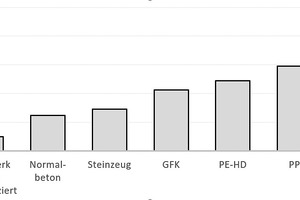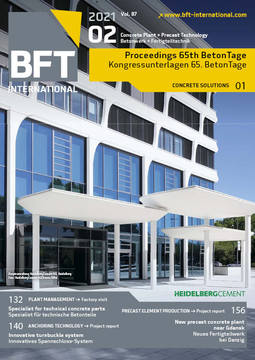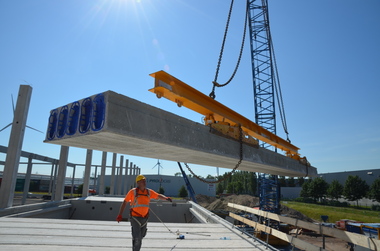Concrete as climate killer – A misconception!
The future of the planet is assessed based on how we deal with the consequences of climate change, how quickly we develop ideas, technologies and measures and ultimately implement them. But one thing is certain, time is running out.
Our sector of industry knows that one of the main sources of pollution
is our concrete which, at the same time, is also our most important
construction material. We are well aware of our responsibility
and therefore, as a result of intensive research on international, European and national levels, we were already able to follow-up on and realize many different approaches for climate protection.
The company group Erdbrügger (Betonwerk Bieren und Betonwerk
Werste) has tested some of these ideas and established a number of them in its product portfolio:
Use of clinker-reduced cements
Use of calcinated clay as addition to concrete
Use of clinker-free geopolymer concrete
Use of brick dust as clinker substitute
Increasing service life from 80 to 120 years
Substitution of plastics.
This medium-sized company has committed itself to examining all processes under the aspects of sustainability for many years. In the beginning of 2020, a company-internal preliminary study on
comparing CO2-reduced concrete with other materials was conducted.
In underground construction, different plastics (PVC, PP, PE-HD, GRP) were used for that purpose and in building construction steel construction. The objective was to determine and compare both the CO2-emissions and the energy requirement during manufacture. The study considered different weights, especially that of the lighter plastics pipes and steel constructions.
The surprising result: concrete is the most sustainable construction
material by far. If we successively follow up on the research and the measures derived from the study, we will continue to be the most ecological construction material.







